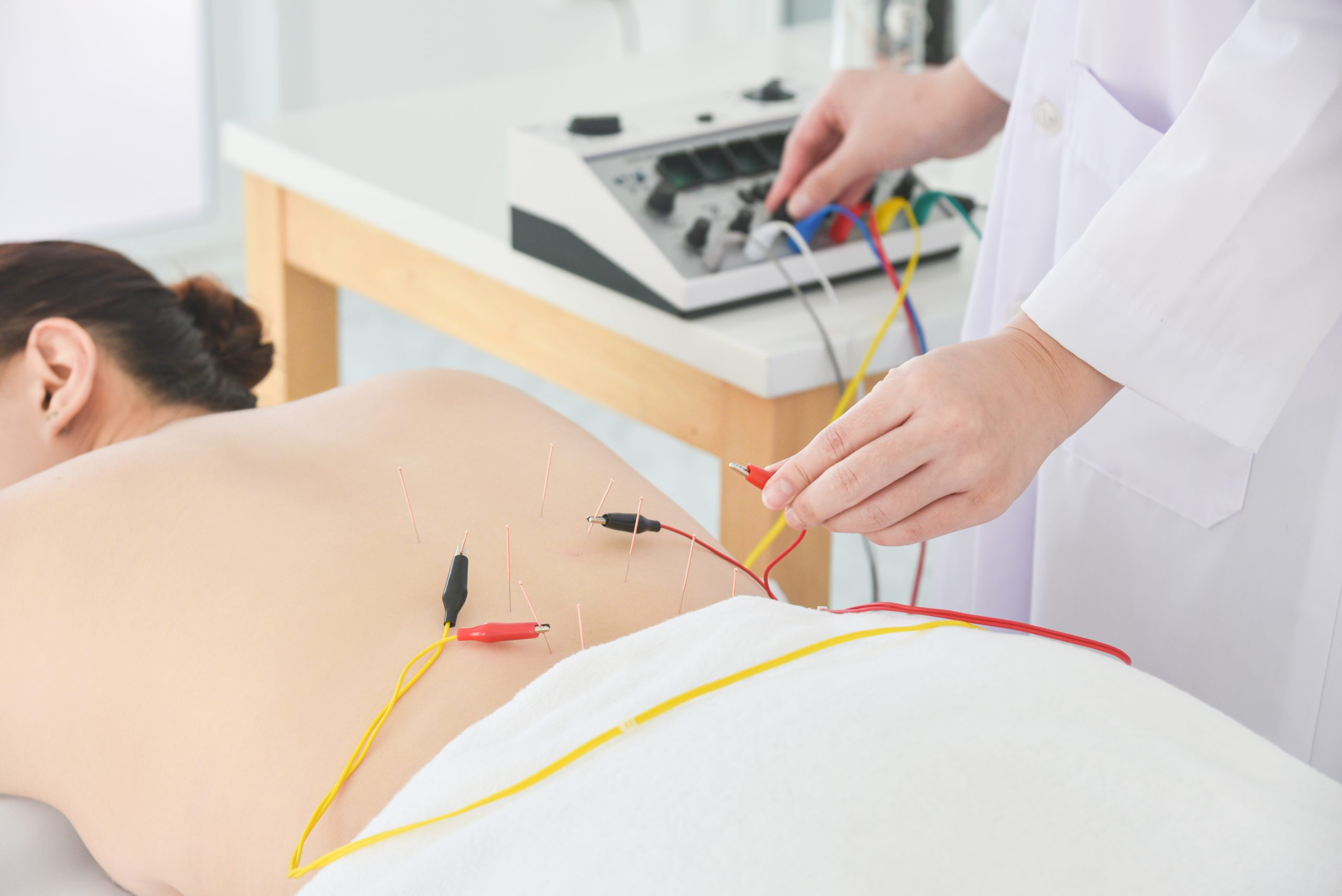
Dry needling therapy, an emerging modality in the world of physical therapy and pain management, has garnered significant attention in recent years. While many often confuse it with acupuncture, its origins and methodology are distinct. But exactly what is dry needling therapy, and how can it benefit those seeking relief from muscle pain and discomfort?
The Basics of Dry Needling
At its core, dry needling is a therapeutic technique where thin, sterile needles are inserted into tight muscle knots, known as myofascial trigger points. The term “dry” implies that no medication is injected during the procedure; the needle itself elicits the desired therapeutic effect. This method aims to release tension, reduce pain, and restore function by targeting specific trigger points in the muscles.
Origins and Development
Dry needling has its roots in Western anatomical and neurophysiological principles, making it different from the Traditional Chinese Medicine approach underlying acupuncture. Dr. Janet Travell and Dr. David Simons, pioneering pain physicians, introduced the concept of trigger points in the 1940s. Their research on referred pain, wherein pain is felt distant from its source, paved the way for the development of dry needling techniques.
How Does Dry Needling Work?
Upon the insertion of the needle into a trigger point, a local twitch response is often elicited. This twitch response indicates the release of muscle tension and is a desirable outcome during the session. The process can help break the cycle of pain and muscle spasm. Additionally, dry needling enhances blood flow to the targeted area, promoting healing and reducing inflammation.
Benefits of Dry Needling
Many individuals turn to dry needling for relief from various musculoskeletal issues. Common conditions treated with this modality include:
- Chronic pain syndromes
- Headaches and migraines
- Tennis elbow
- Carpal tunnel syndrome
- Fibromyalgia
- Sciatica
Furthermore, athletes often incorporate dry needling into their recovery and rehabilitation programs, finding it effective in treating sports-related injuries and enhancing muscle performance.
Dry Needling vs. Other Techniques
Understanding the distinctions between dry needling and other therapies can help individuals choose the most suitable treatment. For instance, while both acupuncture and dry needling employ thin needles, their foundational principles differ significantly. Acupuncture focuses on balancing the body’s energy flow, or Qi, by stimulating specific meridian points. In contrast, dry needling directly addresses muscular tension and pain by targeting myofascial trigger points.
Similarly, while acupressure and massage are hands-on techniques aimed at alleviating tension and promoting relaxation, they do not delve as deeply into the muscle tissues as dry needling does. However, some practitioners combine these modalities to offer a comprehensive treatment plan.
Safety and Considerations
Like any therapeutic technique, the effectiveness and safety of dry needling largely depend on the practitioner’s expertise. It is essential to seek treatment from trained and licensed professionals. Some temporary side effects might include bruising, soreness, or minor bleeding at the needle site. However, in the hands of an experienced therapist, severe complications are rare.
Now that the question, “What’s dry needling?” is answered, individuals can better evaluate if this treatment aligns with their needs. Dry needling offers a promising approach to pain management and muscle rehabilitation, bridging the gap between traditional physical therapy and alternative healing methods. By targeting the very source of muscle pain—myofascial trigger points—it provides rapid relief for many patients. As always, consulting with a healthcare professional can provide insights into the best therapeutic approach tailored to individual needs.